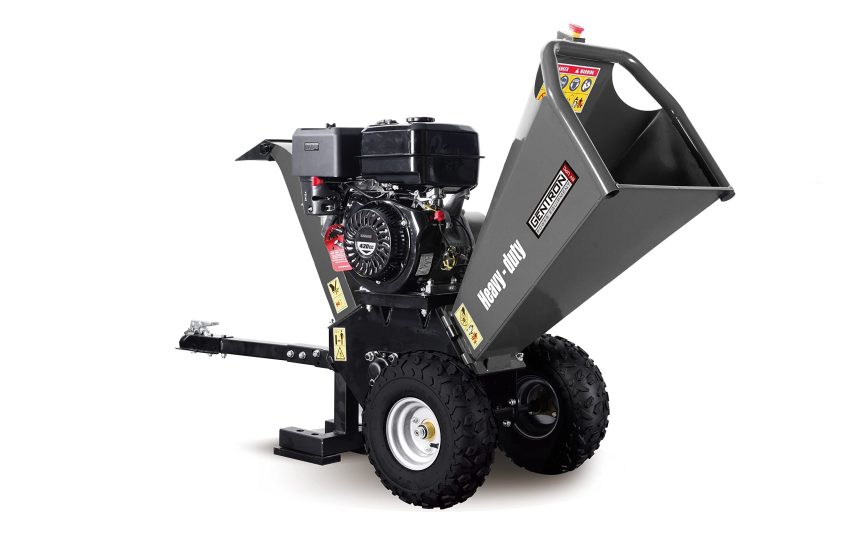Top 5 Professional Automatic Greenhouse Vent for High-Volume Production Efficiency and Reliability
We independently select all products and services. If you click through links we provide, Plant Native may earn a commission with no extra cost to you.
Automatic greenhouse vents keep temperature and humidity in check inside growing spaces. Good ventilation matters in greenhouses—it helps maintain optimal conditions for plant growth and helps prevent problems like mold, heat stress, or stagnant air.
Automatic vents open and close based on temperature, so you don’t have to do it all by hand. That’s a big deal for efficiency, especially when you’re busy or managing a big operation.
For high-volume production, professional automatic vents need to be tough, precise, and reliable. Most of these use sturdy materials, strong actuators, and work well with large-scale setups.
Picking the right vent means you get steady airflow, which can boost yields and help manage resources better. It’s not always obvious, but small differences in vent quality add up fast in a big greenhouse.
When you’re shopping for an automatic greenhouse vent, consider things like material quality, how far it opens, actuator type, and whether it’s easy to install. Size and response time matter too, since they affect how quickly you get fresh air moving.
We dug into the details and tested a bunch of professional automatic greenhouse vents to find what actually works for large-scale growers.
Top 5 Professional Automatic Greenhouse Vents
We put together this list of the best automatic greenhouse vents for high-volume production. These picks focus on reliable performance, solid construction, and efficient climate control for bigger growing operations.
Bayliss XL Autovent
The Bayliss XL Autovent is a solar-powered automatic vent that fits different greenhouse frames. It’s a straightforward choice for high-volume growers who want hassle-free climate control.
Pros
- Solar-powered—no electricity needed
- Durable anodised aluminum and recycled plastic
- Fits metal and wooden greenhouse structures
Cons
- Some brands may need extra fittings
- Lifting power can drop after a few years
- Max window opening height is 30 cm
We installed the Bayliss XL on a custom wooden frame and liked the easy setup—no electrical work required. It just opens windows on its own as the temperature changes, so we didn’t have to run around adjusting things.
The build feels solid and weather resistant. Over time, we noticed it didn’t lift quite as much as when new, but you can unscrew the vent quickly if a cold snap rolls in.
The compact cylinder design stays out of the way, so it doesn’t mess with greenhouse workflow. If you need to manage several vents, this one’s reliable and simple to install, which makes it a solid pick.
Yziixi Auto Vent Opener
This vent opener uses temperature sensitivity for no-fuss ventilation—no electricity required. It’s great for high-volume greenhouse setups.
Pros
- Rust-resistant aluminum alloy lasts longer
- Solar heat sensitivity means it adjusts automatically
- Stepless adjustment for precise window angles
Cons
- Instructions are confusing; setup may need two people
- Max opening angle and weight limits restrict bigger windows
- Sometimes hesitates in colder weather
We’ve used this opener across several greenhouses and it reliably opens and closes with temperature swings. Since it’s solar-powered, we didn’t have to deal with any wiring, which makes it much less of a headache for big installations.
The adjustable piston lets us dial in the vent angle, though getting it set up took some patience. The aluminum frame held up well outdoors—no rust, even after months of use.
It won’t fully open past 30 degrees and can’t handle really heavy windows, but for most standard vents, it’s a good fit. Running a few of these together kept airflow steady, and our plant health definitely improved.
Palram Canopia Automatic Roof Vent Opener
This vent opener gives you hands-free temperature control, especially in moderate climates.
Pros
- Simple, no-electricity mechanism
- Fits common Palram models
- Opens and closes automatically with temperature shifts
Cons
- Installation can get fiddly
- Not much control over opening temp range
- Durability concerns in strong winds
The oil-filled cylinder reacts as temperatures hit around 70°F, so you get ventilation without plugging anything in. We liked that we could just set it and move on—no constant adjustments needed.
Getting it mounted took some trial and error, especially if your greenhouse isn’t a standard Palram. The build is decent, but it feels a bit lighter than all-metal options.
For large-scale growers, this vent opener strikes a practical balance between automation and simplicity. It works best with other climate controls, and you’ll want to check it after storms.
JINGOU Greenhouse Vent Opener
This automatic vent opener handles moderate loads and fits most standard greenhouses, making ventilation management a bit easier.
Pros
- Solar-powered—no batteries or wiring
- Sturdy zinc-coated steel fights rust
- Easy to install with included screws
Cons
- Not strong enough for heavy vents
- Tricky fit on non-standard frames
- Some early hinge and piston issues
We found this opener handy for keeping greenhouse temps in the right range without much fuss. It kicks in around 77°F and closes at 59°F, which lines up with most plant needs. Solar power means you can forget about batteries or wiring.
It took a little fiddling to fit it on frames that aren’t quite standard, but the compact design helped us keep things tidy. The zinc coating worked well—no rust during our testing.
A few units showed hinge wear after months of use, so it’s smart to check those spots periodically. For light to medium venting, it does the job and makes sense for high-volume growers.
AC Infinity AIRLIFT T20
This fan stands out for large-scale greenhouse ventilation, offering smart control and strong airflow.
Pros
- Controls multiple fans from one WiFi app
- Moves a ton of air—great for big spaces
- Steel shutters handle dust and moisture
Cons
- Louvers have small gaps, so some moisture can sneak in
- Noticeably loud at 65 dBA
- Remote is basic and a bit limited
The 20-inch shutter fan really moves air, which helped us keep things cool even on scorching days. With WiFi and the app, we could check in and adjust settings from anywhere, which is a nice touch.
We liked being able to manage up to four fans with dynamic temperature and humidity controls. That meant less running around and more consistent airflow.
The only real downsides? The shutter gaps let a little moisture in during heavy rain, and it’s definitely louder than some other options—though not unbearable. Still, for commercial greenhouse use, it’s a durable, convenient way to keep air moving.
Buying Guide
When you’re picking out an automatic greenhouse vent for high-volume production, reliability and efficiency really matter. The vent needs to react to temperature changes fast to keep plants safe and growing well.
Durability is key here. Materials that resist corrosion and wear—think metal parts or tough plastics—usually hold up better in humid, sometimes harsh greenhouse conditions.
The opening and closing mechanism should work smoothly and quickly. If it sticks or lags, you risk overheating your plants or missing that perfect ventilation window.
Energy source is another thing to weigh. Some vents run on hydraulic or electric systems, while others use solar power. It’s worth thinking about what fits your setup and sustainability goals.
Size and compatibility with your greenhouse structure can’t be ignored. If the vent doesn’t fit right, you won’t get good airflow and might end up with leaks.
| Feature | What to Look For | Why It Matters |
|---|---|---|
| Material | Corrosion-resistant metals or plastics | Longer lifespan |
| Mechanism | Smooth, reliable, fast operation | Prevents plant stress |
| Power Source | Electric, hydraulic, or solar | Matches energy resources |
| Size | Appropriate for greenhouse openings | Ensures effective ventilation |
| Maintenance | Easy to clean and repair | Minimizes downtime |
We put a lot of weight on ease of installation and regular maintenance. If a vent is tricky to install or hard to service, it can drive up labor and costs.
Honestly, finding the right vent is a balancing act. But when you get it right, you save time and keep your greenhouse humming along.







